Reliance, Nayara face windfall profit tax on local supplies alongside exports
The windfall tax was targeted mainly at Reliance Industries Ltd and Russian oil major Rosneft-backed Nayara Energy, who the government believed were making a killing on exporting large volumes of fuel made from discounted Russian oil, at the cost of the domestic market, three sources with knowledge of the matter said.

The just-introduced tax on windfall energy profits of oil refiners like Reliance Industries is not only levied on the diesel they export but also on the supplies they make to fuel retailers within India, sources said. The government on July 1 levied Rs 13 per litre additional excise duty on diesel exported out of India. A Rs 6 a litre tax was also imposed on petrol and ATF exported out of India. Alongside, it imposed export restrictions, subject to meeting domestic sales of 50 per cent for petrol and 30 per cent for diesel exports.
In subsequent fortnightly reviews, the government scrapped the export tax on petrol and jet fuel (ATF) and more than halved the export tax on diesel to Rs 5 per litre.
The windfall tax was targeted mainly at Reliance Industries Ltd and Russian oil major Rosneft-backed Nayara Energy, who the government believed were making a killing on exporting large volumes of fuel made from discounted Russian oil, at the cost of the domestic market, three sources with knowledge of the matter said.
Post July 1, refiners exporting petrol and diesel would have had lower realisations and for continued exports, they had to shore up domestic supplies either through supplies to state-owned oil marketing companies (OMCs), bulk sales or retail.
But the state-owned fuel retailers like Hindustan Petroleum Corporation Ltd (HPCL) and Bharat Petroleum Corporation Ltd (BPCL), who have a sizeable dependence on supplies from standalone refineries to feed their vast retail network, started paying for petrol and diesel bought from Reliance and others after deducting the newly imposed additional excise duty.
Sources said for sales to OMCs, refiners realize international prices as refinery transfer prices are 80 per cent of import parity and 20 per cent of export parity (the average of 80 per cent of the price at which petrol or diesel be imported and 20 per cent of the rate at which these fuels can be exported).
The 2.5 per cent customs duty on petrol and diesel is also considered for calculating the trade parity price.
Post July 1, the OMCs started reducing export taxes from this calculation, resulting in lower realisation, they said.
This principle was applicable to all supplies bought from standalone refineries of Reliance Industries, Nayara Energy, Mangalore Refinery and Petrochemicals Ltd (MRPL), Chennai Petroleum Corporation Ltd (CPCL) and HPCL-Mittal Energy Ltd.
Reached for comments, a top finance ministry official said the government has not imposed any tax on domestic supplies by refineries.
"OMCs must be doing it on their own, and rightly so. The pricing is always based on an alternate market or source. If the alternate market for these refiners is export, where they have to pay the tax to the government, a similar deduction on supplies made elsewhere is justified."
The Indian fuel retail scene is dominated by state-owned firms Indian Oil Corporation (IOC), BPCL and HPCL.
While IOC - the market leader - is largely self-sufficient in producing petrol and diesel in its own refineries and its subsidiary CPCL, BPCL and HPCL do not have oil refining capacity commensurate with their retail operations. And so, BPCL and HPCL depend on supplies from standalone refineries - the units that process crude oil into fuel but either have no retailing business or a very limited presence.
Reliance, which operates two refineries - one only for exports and the other for the domestic market, has 1,470 petrol pumps out of 83,685 petrol pumps in the country. Nayara Energy has 6,635 pumps.
These outlets of the private sector heavily restricted sales beginning March/April as they couldn't afford to sell petrol and diesel at a loss since public sector competition froze rates to help the government contain inflation.
This diverted traffic to public sector petrol pumps which were also flooded with bulk users like state road transport corporation buses. Bulk users flocked to petrol pumps as rates there were subsidised in comparison to the market price they otherwise would have to pay.
Simultaneously, the private refineries started ramping up exports to capture the supply deficit created by the war in Ukraine.
The deadly combination resulted in petrol pumps in several locations going dry, prompting the government to clamp down.
This clampdown has helped resort supplies but standalone refineries lost heavily.
Sources said initially the export duty was applicable on all exports, including from Reliance's SEZ but in subsequent revisions, the tax on only-for-exports refineries was dropped.
Get Latest Business News, Stock Market Updates and Videos; Check your tax outgo through Income Tax Calculator and save money through our Personal Finance coverage. Check Business Breaking News Live on Zee Business Twitter and Facebook. Subscribe on YouTube.
RECOMMENDED STORIES
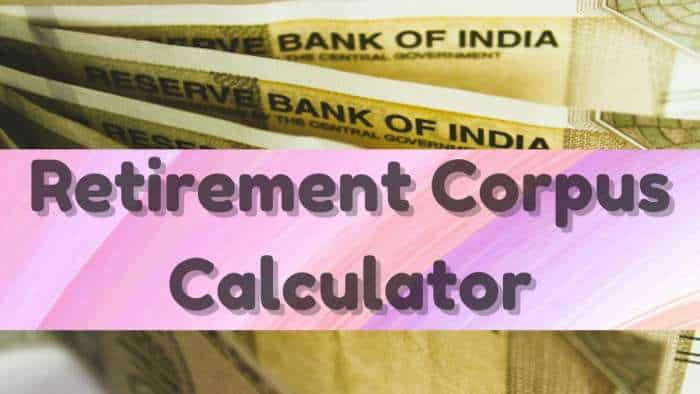
Retirement Planning: How one-time investment of Rs 10,00,000 can create Rs 3,00,00,000 retirement corpus
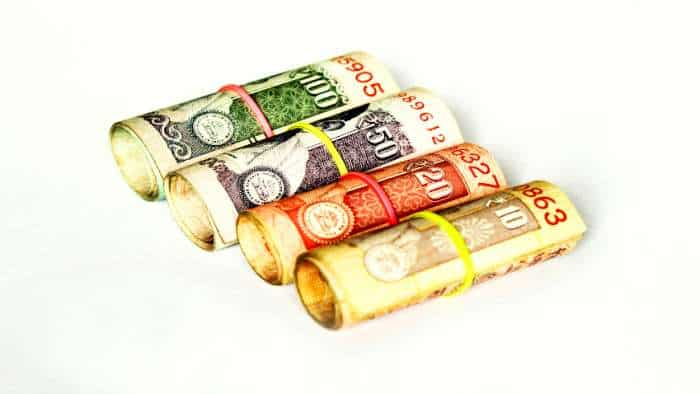
New Tax Regime vs Old Tax Regime: How much tax will you pay if your annual income is Rs 5 lakh, Rs 9 lakh, Rs 13 lakh, Rs 19 lakh, and Rs 25 lakh?
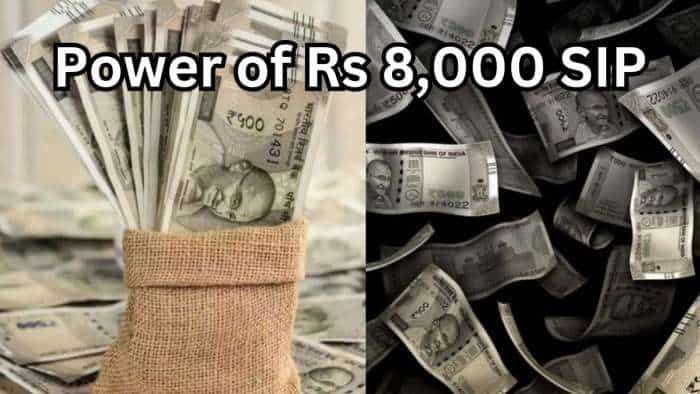
Power of Rs 8,000 SIP: In how many years you can build Rs 9 crore corpus with just Rs 8,000 monthly investment
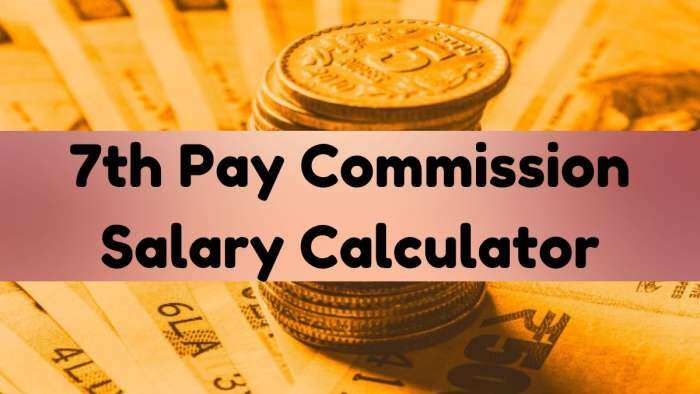
Monthly Salary Calculations: Is your basic salary Rs 24,500, Rs 53,000, or Rs 81,100? Know how much total salary central government employees may get
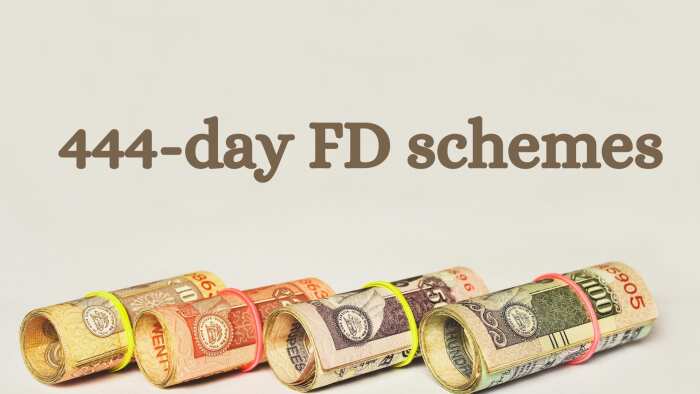
444-Day Special FDs: How much will you earn by investing Rs 5 lakh and Rs 7 lakh in SBI, Indian Overseas Bank, and Federal Bank fixed deposit schemes?
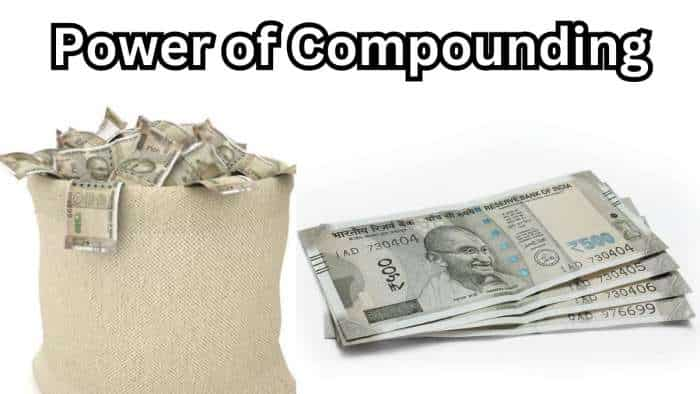
Power of Compounding: How long it will take to build Rs 8 crore corpus with Rs 7,000, Rs 11,000 and Rs 16,000 monthly investments
11:13 AM IST






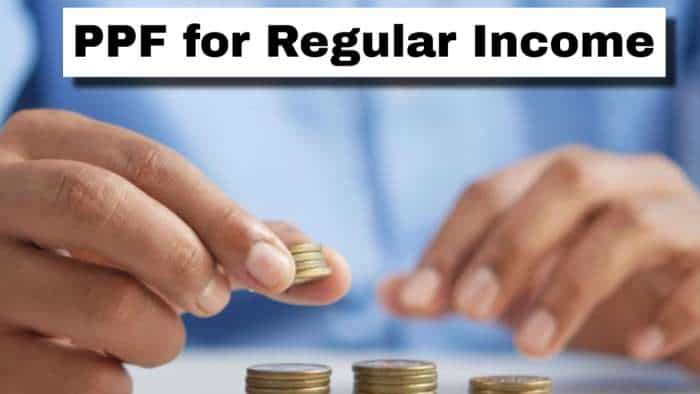
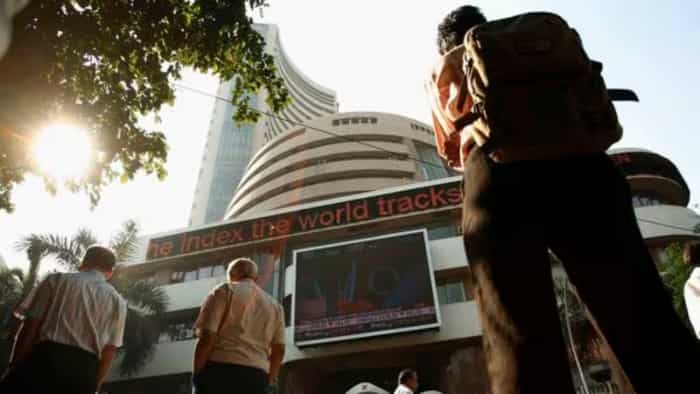
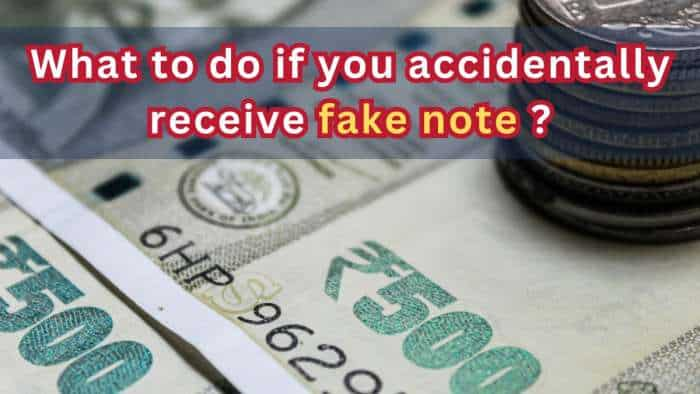

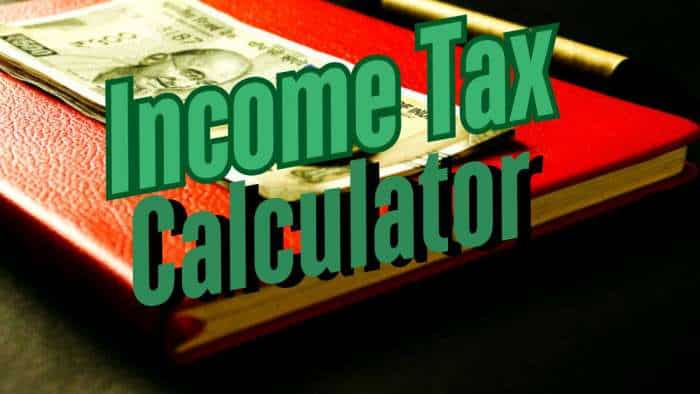
 Amazon ties up with HPCL for low carbon fuels
Amazon ties up with HPCL for low carbon fuels Oil marketing companies on fire! IOC, HPCL, BPCL share prices rally up to 5%
Oil marketing companies on fire! IOC, HPCL, BPCL share prices rally up to 5% ONGC not to make open offer post HPCL acquisition: Official
ONGC not to make open offer post HPCL acquisition: Official ONGC-HPCL deal: Is the deal fair for HPCL shareholders?
ONGC-HPCL deal: Is the deal fair for HPCL shareholders? HPCL to invest Rs 61,000 crore by 2021 on expansion projects
HPCL to invest Rs 61,000 crore by 2021 on expansion projects